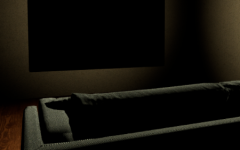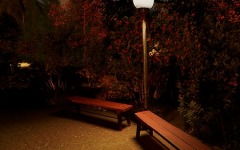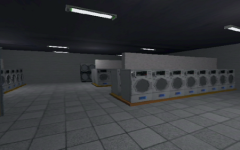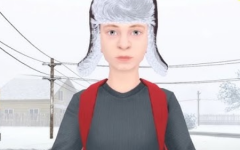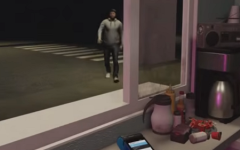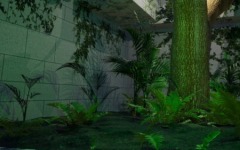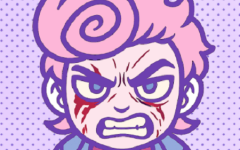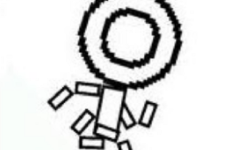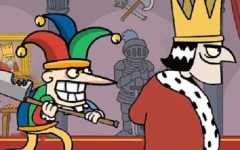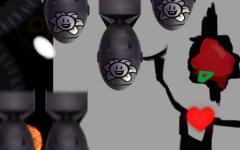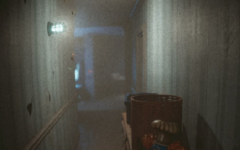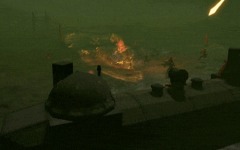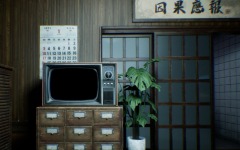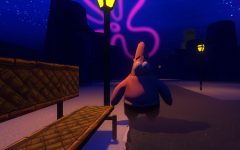Advertisement
A Quiet Place
Advertisement

At first, A Quiet Place looks like a pleasant scene frozen in a moment — a well-kept yard, a home with a welcome mat, and a figure standing calmly near a white fence. The world appears balanced and peaceful. But that balance is only temporary. As you begin to move, it becomes clear that this environment is not stable. Small changes accumulate with each step. The character’s surroundings begin to shift, and the atmosphere begins to tighten. What felt like a safe routine quickly reveals itself as a fragile memory.
A Life Compressed Into Minutes
The game compresses a lifetime into a short span of gameplay. With every movement, you grow older. You revisit your house, observe your family’s world, and slowly realize you are no longer a part of it. The design avoids detailed explanations. There are no flashbacks or text logs — just slow changes. Boxes appear inside the home. People vanish without notice. The walls seem colder. You feel the time passing not through clocks or dialogue, but through subtle environmental cues. This is not a story being told — it is something you are quietly witnessing.
What Defines This Game
- Short session, approximately ten minutes in total
- First-person movement through a small, looping neighborhood
- Interaction through basic keys: walk, run, crouch, interact
- Environmental storytelling through lighting, color, and absence
- Gradual visual transition from bright to dim, from clear to foggy
Design That Avoids Explanation
A Quiet Place does not rely on conventional horror elements. There are no monsters or threats. The horror comes from change itself — from watching something drift beyond recognition. The shift in art style away from retro visuals helps underline the emotional content. Colors don’t fade instantly. They bleed into new tones. The friendly neighbor who once greeted you becomes static, and then he is gone. The streets stretch out farther than before. The layout becomes unfamiliar, and your place within it vanishes.
A Walk That Ends in Distance
As the game nears its final moment, the space becomes wider and colder. The boundaries of your once-contained neighborhood dissolve into distant gray. What started as a small loop of routine and comfort now feels stretched and distant. A Quiet Place doesn’t end with answers. It ends with distance — between you and your family, between you and the house, between you and time. The game is brief, but the sensation it creates continues to echo long after the screen fades.





















































































































